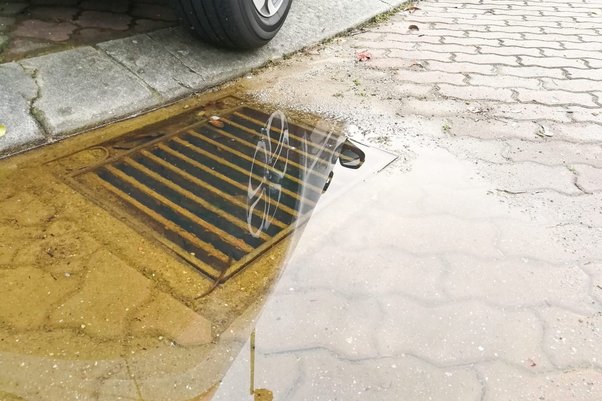Every homeowner must maintain the home and its integral structures. Yet, despite diligent care and upkeep, certain elements may still malfunction or cause disturbances. Blocked drain issues are one example.
Blocked drains Chatswood may seem minor initially, but their implications can extend far beyond a mere inconvenience. The consequences of neglected drainage systems can be severe, from structural damage to health hazards and environmental pollution.
In this article, we will delve into the dangers associated with blocked drains and explore practical measures to mitigate these risks effectively.
The Dangers of Blocked Drains
- Structural Damage
One of the most significant dangers of blocked drains is their potential to cause structural damage to buildings and infrastructure. When drains become clogged, water backs up, exerting pressure on pipes, joints, and surrounding structures. Over time, this pressure can lead to leaks, cracks, and even collapse, compromising the entire system’s integrity.
- Health Hazards
Blocked drains create stagnant pools of water, which serve as breeding grounds for harmful bacteria, mold, and pests. These microorganisms can contaminate indoor air quality, posing severe health risks to occupants. Mold spores can trigger allergies and respiratory problems, while bacteria in stagnant water can cause infections and gastrointestinal illnesses.
- Flooding And Water Damage
The most immediate danger of blocked drains is the risk of flooding and water damage. When drains are obstructed, water cannot flow freely, leading to backups and overflows. This can result in indoor flooding, damaging furnishings, electronics, and other belongings. Moreover, excess water pooling around the property’s exterior can seep into your home’s basements, crawl spaces, and foundations.
- Pest Infestation
Blocked drains provide ideal habitats for pests such as cockroaches, rats, and mosquitoes, which thrive in dark, moist environments. These pests pose health risks and cause property damage and nuisance. Cockroaches and rodents can chew through pipes and insulation, leading to leaks and structural damage. At the same time, mosquitoes breed in stagnant water, spreading diseases such as malaria, dengue fever, and Zika virus.
Mitigation Strategies
- Regular Inspection and Maintenance
Implementing a proactive approach to drain maintenance, including regular inspections and cleaning, can prevent blockages before they occur. Periodic inspections by qualified professionals can identify potential issues early, allowing for timely repairs and interventions.
- Installation Of Drain Guards
Installing drain guards and screens can prevent debris, leaves, and other organic matter from entering drains and causing blockages. These simple yet effective devices act as filters, allowing water to flow freely while trapping larger particles.
- Prompt Response To Minor Blockages
Addressing minor blockages can prevent them from escalating into major issues. Simple interventions such as using a plunger or drain snake from Total Relining Solutions can clear obstructions and maintain the smooth flow of water through drains.
- Integrated Pest Management
Implementing integrated pest management strategies, such as sealing entry points, removing food sources, and eliminating standing water, can deter pest infestations associated with blocked drains. By addressing both the cause and the consequence of blockages, property owners can create an inhospitable environment for pests.
Conclusion
The dangers of blocked drains Chatswood are many, encompassing structural damage, health hazards, environmental pollution, flooding, and pest infestations. Property owners can safeguard their investments, protect human health, and preserve the environment by understanding these risks and implementing proactive mitigation measures. Property owners can ensure their properties’ long-term functionality, safety, and sustainability by taking proactive steps to maintain drainage systems.




